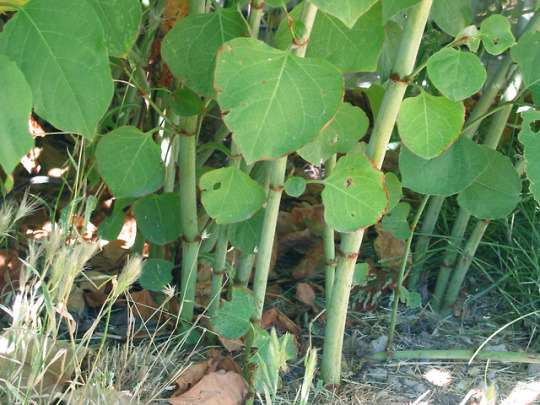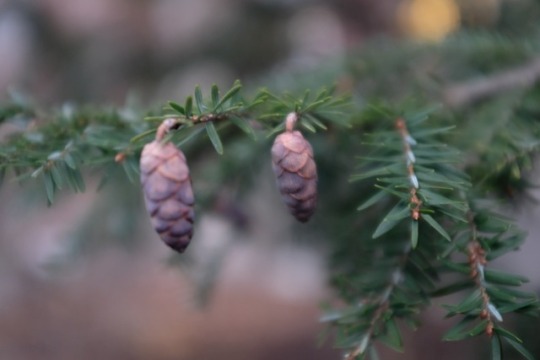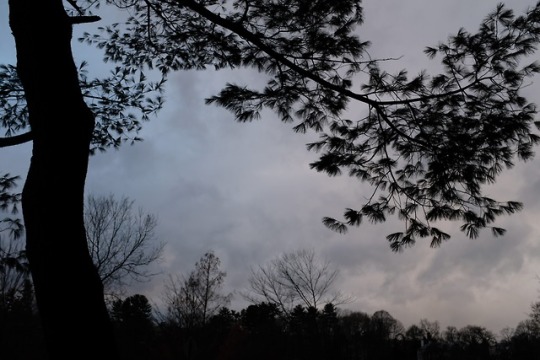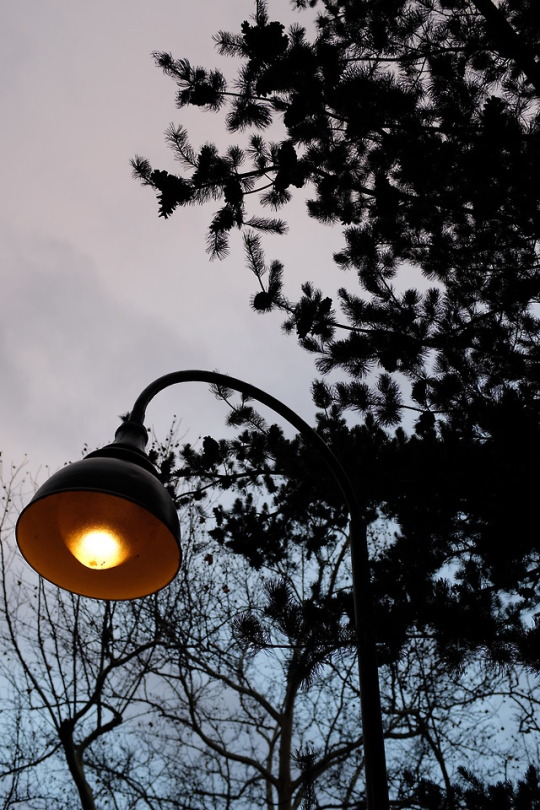Photo

Rosa multiflora (Multiflora Rose)
Cultivated as an ornamental and to prevent erosion. Forms dense thickets that invade pastures and crowd out native species.
0 notes
Photo

Rhamnus cathartica (Glossy Buckthorn)
Fast growth rate, known to escape from cultivation and naturalize in minimally managed areas.
0 notes
Photo

Lonicera japonicum (Japanese Honeysuckle)
An established planting of honeysuckle is capable of engulfing small trees and shrubs, causing their collapse. Shading of plants in the understory can also occur, choking out many native species
0 notes
Photo

Polygonum cuspidatum (Japanese Knotweed)
Very thick roots, fast spreading, really hard to remove. Easy to remember.
0 notes
Photo

Euonymus alatus (Burning Bush)
Has an ability to establish itself in woodlands, forests, fields, roadsides and disturbed areas where, if conditions are favorable, it will out-compete native plants to form dense thickets.
0 notes
Photo

Eleagnus umbellata (Autumn Olive)
Rapid growth, vigorous growing habits, showy-edible fruits and attractive appearance. Trunks and branches have sharp thorns.
0 notes
Photo

Celastrus orbiculatus (Oriental Bittersweet)
Fast growing vines can cover, shade and outcompete other vegetation. It can even girdle and kill large trees.
0 notes
Photo

Berberis thunbergii (Japanese Barberry)
Plants spread slowly by creeping roots. Plants can also spread by self-seeding (birds will eat the fruits and distribute the seed). Plant branches may root where they touch the ground.
0 notes
Photo

Acer platanoides (Norway Maple)
Yellow color in the fall. Valued as an ornamental in North America but in new england it outcompetes the Sugar Maple.
0 notes
Photo

Tsuga canadensis (Canadian Hemlock)
EHS and HWA affecting populations across the eastern united states. This summer I went to an old growth hemlock forest in Michigan. It was pretty surreal.
0 notes
Photo

Thuja occidentalis (Arborvitae)
Scale-like, aromatic, yellow-green to green foliage appears in flattened sprays. Red-brown bark will exfoliate on mature branches and trunks.
0 notes
Photo

Taxus x media (Yew)
Each fruit has a single seed almost completely surrounded by a fleshy red aril. All parts of this plant are poisonous if ingested.
0 notes
Photo


Rhododendron spp. (Rhododendrons, Evergreen Azaleas)
Rhododrendrons ARE azaleas, but usually in garden stores and nurseries (according to the internet) the plants called Rhododendron are usually evergreen and those labeled Azalea plants are deciduous
0 notes
Photo


Pinus strobus (Eastern White Pine)
Specific epithet in Greek means cone but it may also refer to an incense-bearing or gum-yielding tree.
1 note
·
View note
Photo


Pinus parviflora (Japanese White Pine)
Specific epithet means small flowers.
0 notes
Photo

Pieris japonica (Japanese Pieris)
It features drooping clusters of lily-of-the-valley-like white flowers in early spring.
0 notes
Photo

Picea pungens (Colorado or Blue Spruce)
Genus name is reportedly derived from the Latin word pix meaning pitch in reference to the sticky resin typically found in spruce bark. Specific epithet means sharp-pointed in reference to the needles.
0 notes